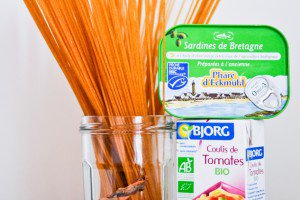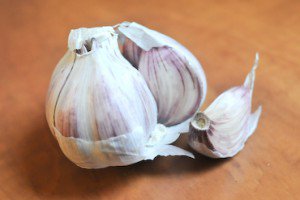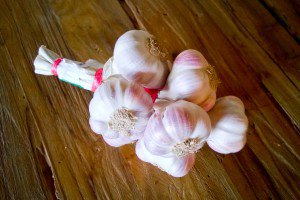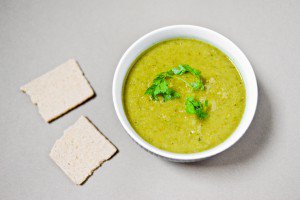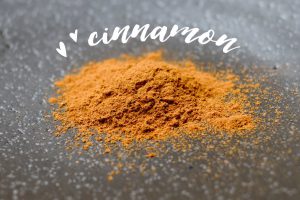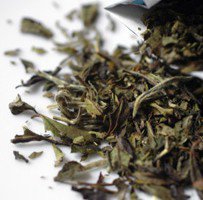Unless you are one of those blessed people with an outdoor space and a vegetable garden and the opportunity to grow your own sprightly things, chances are you only ever see heads of garlic in dried form, their ivory cloves enclosed in a papery husk.
But I’m here to tell you that, as dried things usually go, those heads of garlic were once full of life and moisture, only freshly dug out from the ground in which they sprouted and grew.
In France, where we have a knack for naming things in a clever way, we call this ail frais (fresh garlic) or ail nouveau (new garlic), and it is a prized feature of springtime stalls, going for around 2€ a head (a little more if organic) in my neighborhood*.
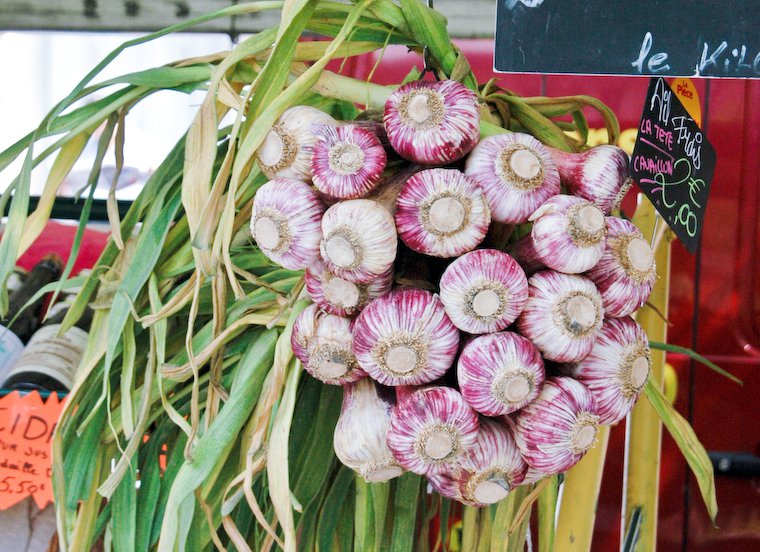
This is not a particularly cheap price to pay for a single head of garlic (dried and therefore shelf-stable garlic is less costly for distributors to handle) but the flavor of fresh garlic cloves is subtle and vibrant, and a perfect match to the new crop of vegetables that typify the season — think asparagus, green peas, and thumb-sized potatoes.
Although the girth of these fresh heads of garlic is comparable to that of dried, they are in fact immature — if left to dry, they would shrink to a much smaller size — and the cloves themselves are pretty small, so the trick to getting your garlic money’s worth is to use the whole thing, à la nose-to-tail.
Here’s what I do.
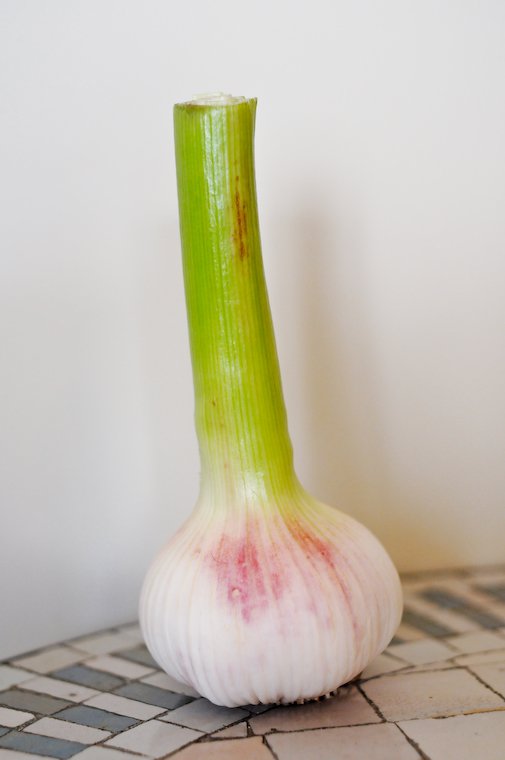
The stalk part at the top I slice off, and use as I would a section of leek, sautéed with other vegetables, or in a soup or broth. I then break open the thick ribbed skin that encloses the cloves (see photo at top), and that part I slice thinly and use as I would an onion. Those two parts can be kept in an airtight container in the fridge for a few days before using, or minced and frozen.
Next, it is time to separate the cloves from one another: they are sheathed in a fleshy, waxy membrane, which I tear open to free the actual cloves, smooth-skinned and satiny, the tiniest ones no bigger than my smallest fingernails.
I keep the cloves (at left, below) in a small ramekin in the fridge door, ready to be used over the next few days. I usually cut them into translucent slices with a knife or mandoline — I would not feel it appropriate to subject them to the garlic press treatment — and either fry them until golden in a little oil, to be set aside and added back into the finished dish, or use them raw in salads.
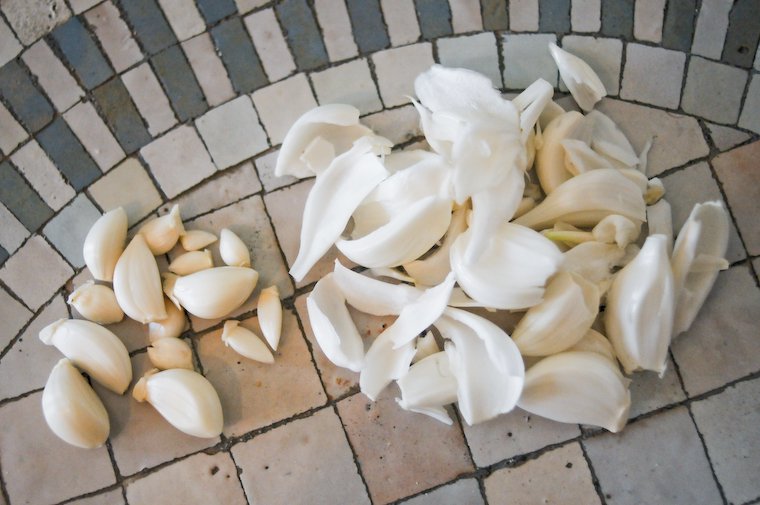
As for the membranes (at right, above), I turn them into a rather delicious cream of garlic.
To do this, I bring water to a simmer in a small pan, throw in the membranes, and drain them as soon as the water comes back to a simmer. I let the membranes cool and drain for an hour or so, then process them with half their weight in good olive oil (i.e. I weigh the amount of drained garlic membranes, divide that weight by two, and measure that weight in olive oil), and salt to taste.

This produces a surprisingly butter-colored, mayonnaise-like spread that is quite handy to keep in the door of the fridge: you can add it to vinaigrettes and other salad dressings, blend it into a stir-fry of vegetables as a finishing touch, or dollop it onto a piece of fish or meat. It also works splendidly on canapés and other crostini, on its own or to support other ingredients.
Have you cooked with fresh garlic before? What did you do with it?
* Like in all cities, food prices can vary significantly from one quartier to the next, depending on the average income of its inhabitants. The area around rue des Abbesses and rue des Martyrs is not the most expensive, but not the cheapest one either.




